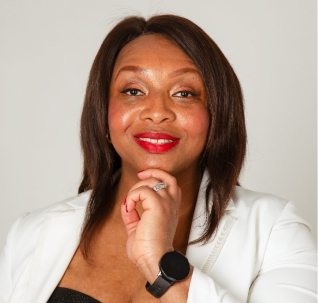By Anna Namiriano, Editor In Chief of the Juba Monitor
It is hardly newsworthy that women are grossly underrepresented in the media in Africa. In Sub Saharan Africa, women only make 5 percent of top management [PDF] according to a 2011 global media report by the International Women’s Media Foundation (IWMF); in some countries, especially war racked ones such as South Sudan, the numbers are shamefully low.
This was a heated subject at the concluded AWIM 2019 conference which took place at the University of Nairobi on July 25 to 27, 2019 at a panel dubbed Gender Gaps and the Media. The panelists listed, and explained, the many factors contribute to this low representation of women in media, which also affects how they are covered. Some are related to safety, in a physical and a psychological sense. Newsrooms are militaristic, routinized and can demand fairly long hours. This often means leaving late from work. This predisposes women to harm. This harm is even more pronounced in countries that experience war like South Sudan and others. The insecurity leads to a shortage of schools: generally, fewer girls go to school as compared to their male counterparts, and a lack of schools due to war is another challenge.
“Invading Space”
Sexual harassment has also become an economic and psychological tool against women in the newsroom: when seeking employment, some managers demand sexual favours from female journalists as a condition for employment. It does not make it easier for women who cover the beats that are perceived to be masculine such as politics, where harassment can come from news sources such as government officials. In Kenya, women have reported sexual harassment online as well.
Women’s voices are missing in editorial decisions, but they are not in stories as well. Scheaffer Okore, a Kenyan activist pointed out that even in the few times that women are in the media they are unfairly treated. Ms Okore pointed out that the language that was used to describe women makes it look like they are “invading a space”
“Vocal, emotional, controversial, feminist activist,” she listed.
While the media is about visibility, women have been punished for being seen and heard. Scheaffer said that those who are visible in the media are perceived as “seeking attention, showing off, hard-headed, pitchy, angry… all these are negative”.
Scheaffer noted that women’s stories are also just told to act as a commercial break from the usual political stories, even when there is a bigger issue at hand such as domestic violence or femicide. Ms Okore took note that even in death, news reports painted the victims of violence as deserving of their death because of their life choices. “Femicide cases became about ‘slay queens’” because women often portrayed as things that should defend themselves; they did something to get coverage, even if she was the one who was attacked,” she explained. She added that: “Public harassment of women is seen as entertainment… we have a show that depicts men coming up to women and saying unflattering things while people laugh”

Pay gap
Those that manage to overcome the aforementioned challenges, have to face yet another source of discrimination: the gender pay gap. Joy Kaguri, a human resource executive from Kenya’s Standard Media Group defined the gender pay gap as a tool that shows the difference between the average (mean or median) earnings of men and women. It involves assessing levels of equality in the workplace, female and male participation, and how effectively talent is being maximized. Citing a 2017 report from World Economic Forum, Ms Kaguri said that women on average get paid Sh62 (60 cents) per hour compared to men, who are paid Ksh 100 (1$) per hour for the same task. She said that this pay difference can be traced back to the stereotypical representations of men and women and standards in careers advice and guidance for girls.
As media changes to embrace and craft an environment that is accommodative to women, the industry should be open to exploring, and even experimenting with ways to make it fair for women. On Friday, we will explore the solutions to the issues that have been raised above.
Do you agree that what has been raised above affects women in media? If yes, are there other problem that you can add to the list?Contact us here, Tweet or Facebook AWIM



